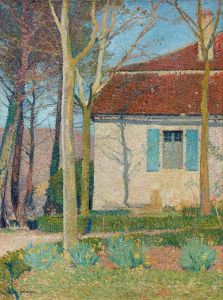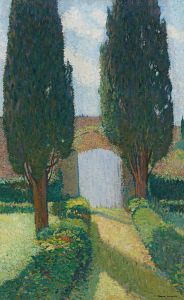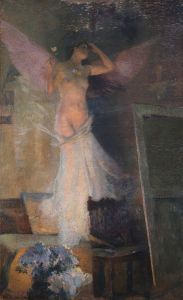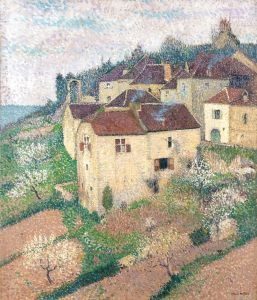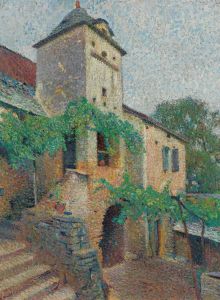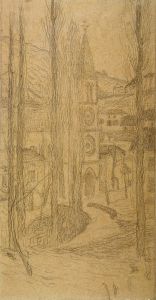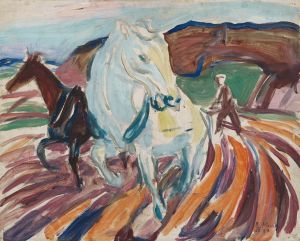
Lieur de gerbe
A hand-painted replica of Henri Martin’s masterpiece Lieur de gerbe, meticulously crafted by professional artists to capture the true essence of the original. Each piece is created with museum-quality canvas and rare mineral pigments, carefully painted by experienced artists with delicate brushstrokes and rich, layered colors to perfectly recreate the texture of the original artwork. Unlike machine-printed reproductions, this hand-painted version brings the painting to life, infused with the artist’s emotions and skill in every stroke. Whether for personal collection or home decoration, it instantly elevates the artistic atmosphere of any space.
Henri Martin was a prominent French painter associated with the Post-Impressionist movement, known for his unique style that combined elements of Impressionism with Symbolism. One of his notable works is "Lieur de gerbe," which translates to "Sheaf Binder" in English. This painting exemplifies Martin's fascination with rural life and his ability to capture the serene beauty of the French countryside.
Henri Martin was born in 1860 in Toulouse, France, and he showed an early interest in art. He studied at the École des Beaux-Arts in Toulouse before moving to Paris, where he continued his education under the tutelage of Jean-Paul Laurens. Martin's early works were influenced by the academic style, but he soon developed a more personal approach, characterized by a vibrant use of color and a focus on light.
"Lieur de gerbe" is a testament to Martin's mature style, where he often depicted idyllic rural scenes. The painting portrays a figure engaged in the traditional agricultural activity of binding sheaves of wheat. This subject matter reflects Martin's deep appreciation for the simplicity and authenticity of rural life, a theme that recurred throughout his oeuvre. The painting is notable for its harmonious composition and the way it captures the gentle, diffused light of the countryside, a hallmark of Martin's work.
Martin's technique involved the use of small, distinct brushstrokes, a method reminiscent of the Pointillist technique, though less rigid in its application. This approach allowed him to create a shimmering effect, giving his landscapes a dreamlike quality. In "Lieur de gerbe," this technique is evident in the way the light plays across the fields and the figure, creating a sense of movement and life.
Throughout his career, Henri Martin was celebrated for his ability to convey emotion and atmosphere through his paintings. He was awarded numerous accolades, including the prestigious Prix de Rome in 1883, which allowed him to study in Italy. This experience further enriched his artistic vision, influencing his use of color and light.
Martin's work, including "Lieur de gerbe," is often associated with the Symbolist movement, which sought to express the emotional and spiritual aspects of human experience. His paintings go beyond mere representation, inviting viewers to contemplate the deeper connections between humanity and nature.
"Lieur de gerbe" is housed in various collections, both public and private, and continues to be appreciated for its artistic merit and its reflection of Martin's unique vision. Henri Martin's legacy endures through his contributions to the Post-Impressionist movement and his ability to capture the essence of rural France with sensitivity and grace.
In summary, "Lieur de gerbe" is a quintessential example of Henri Martin's work, showcasing his mastery of color, light, and composition. It stands as a tribute to the beauty of rural life and the enduring appeal of Martin's artistic vision.





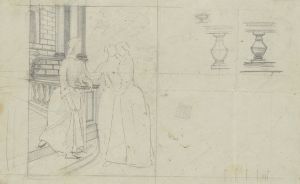
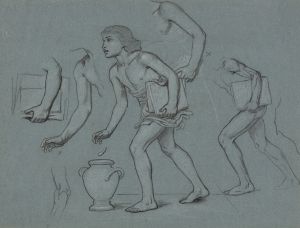
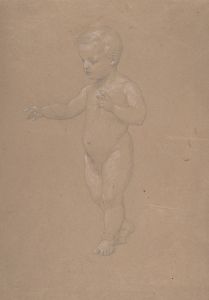
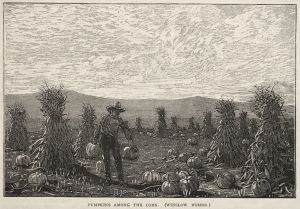
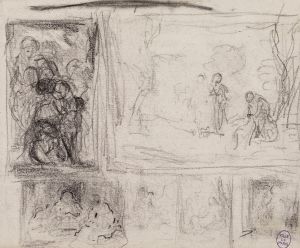
![[Design for mural in unidentified bar or restaurant.] [Study for mural]](/imgs/249261/s/winold-reiss-design-for-mural-in-unidentified-bar-or-restaurant-study-for-mural-93fd9e8e.jpg)
